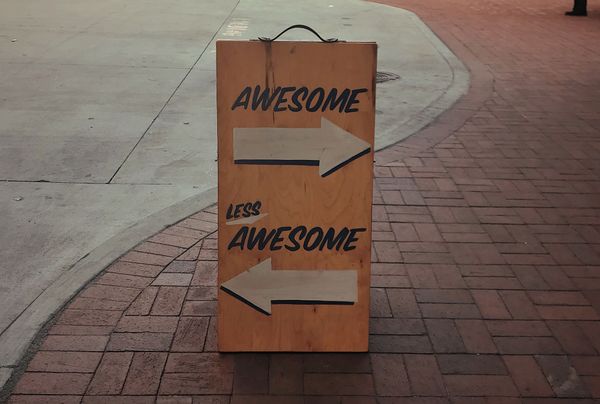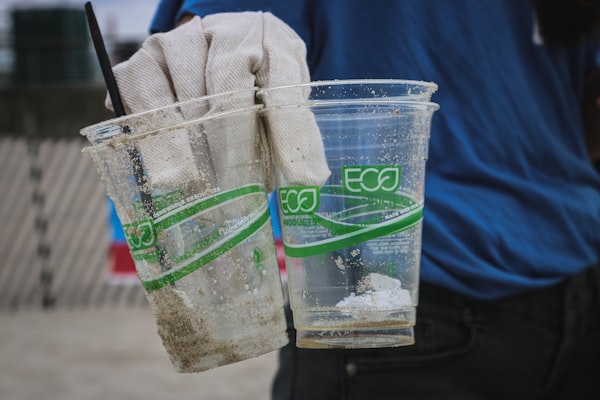Contagion: germs everywhere?

Ok, ok - this post isn't actually relating to virology, but I will start off with a story that triggered me to write it in the first place.
Last week, I was in Dubai at an event, talking to local business owners. A gentleman approached me with his hand in a position for me to shake. He then went to hand me his business card, but before it arrived, he let out an enormous sneeze, catching the spoils in the hand holding the card. After this, I couldn't get rid of his card faster. By that, I mean, this business card was not traveling home with me. Disgusting... disgusted.
The incident in Dubai sets the scene for a much more subtle phenomenon that happens around us every day as consumers. That thing is called the contagion effect, and it pertains to the disgust we feel when we come into contact with things that have been touched or that we highly associate with other people.
To illustrate this further, I will make an educated guess: when you visit the mall and wander around a fashion store, your hand appears at the sight of merchandise and you touch what you see. No surprises there. Everyone does it. But, I also bet that when you decide you want to purchase something, you look for the item that is (i) at the back of the rack, or (ii) nicely protected in fresh packaging. Why? Because you subconsciously assume other products have been touched by other shoppers. It is also the reason why you don't take the top apple in the display at the market - see a study by myself on this topic. Moreover, these are the only times that contagion shows up around us.
A great study in the Journal of Consumer Research by Di Muro and colleagues showed that we spend our hard-earned cash faster when we perceive it has been touched by others. In a field experiment in which participants were invited to buy what they wanted from a retail store, half were given $20 that had clearly been used (scrunched, mangled), whilst the other half had the same value of brand new never used before notes. Of the $20, anything they didn't spend, they could keep. Interestingly, people spent far more when they had scrunched and mangled bills (contaminated) and were more willing to pocket the new and unused bills - indicative of the fact that we subconsciously try to rid ourselves of things we consider to be dirty. A further implication is that if you want to save cash - make sure you get brand new notes. Contagion in clearly bad news for marketers.
But, don't click away too fast. In some cases, contagion might make items more valuable. For example, a Michael Jordan game jersey just sold for over $10m. Remember, he would have sweated profusely into this jersey, and yet the price tag was astronomical - way more than if I bought one brand new. See, this is another example of contagion. The value of items become higher because they have been contaminated by others - but with one distinction: desirable others. Rosanna Smith refers to this as being "closer to the creators", which is also why limited edition ranges with lower numbers (e.g. 1 of 100) are more desirable than higher numbers (95 of 100).
We all have biases. Contagion is one of the more natural and normal ones. But, as a marketer, all biases can be applied in a negative or positive manner.




